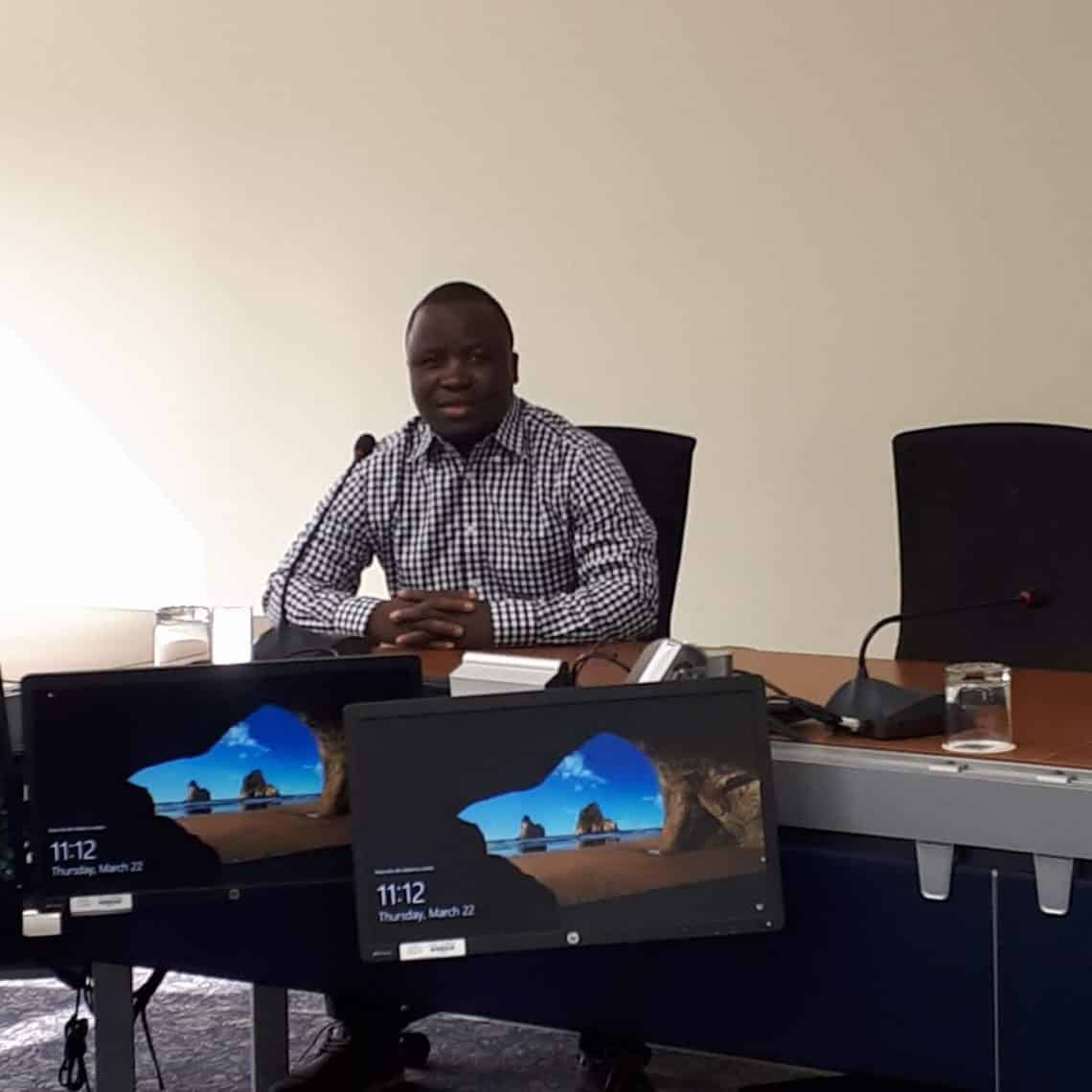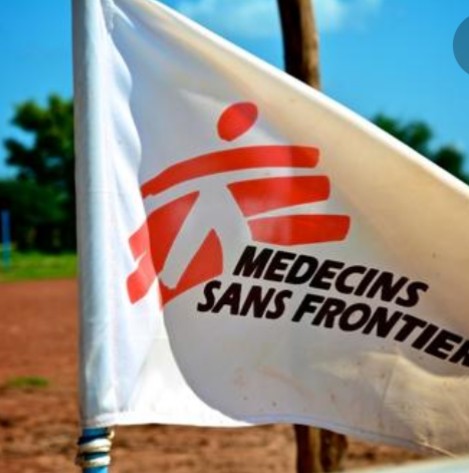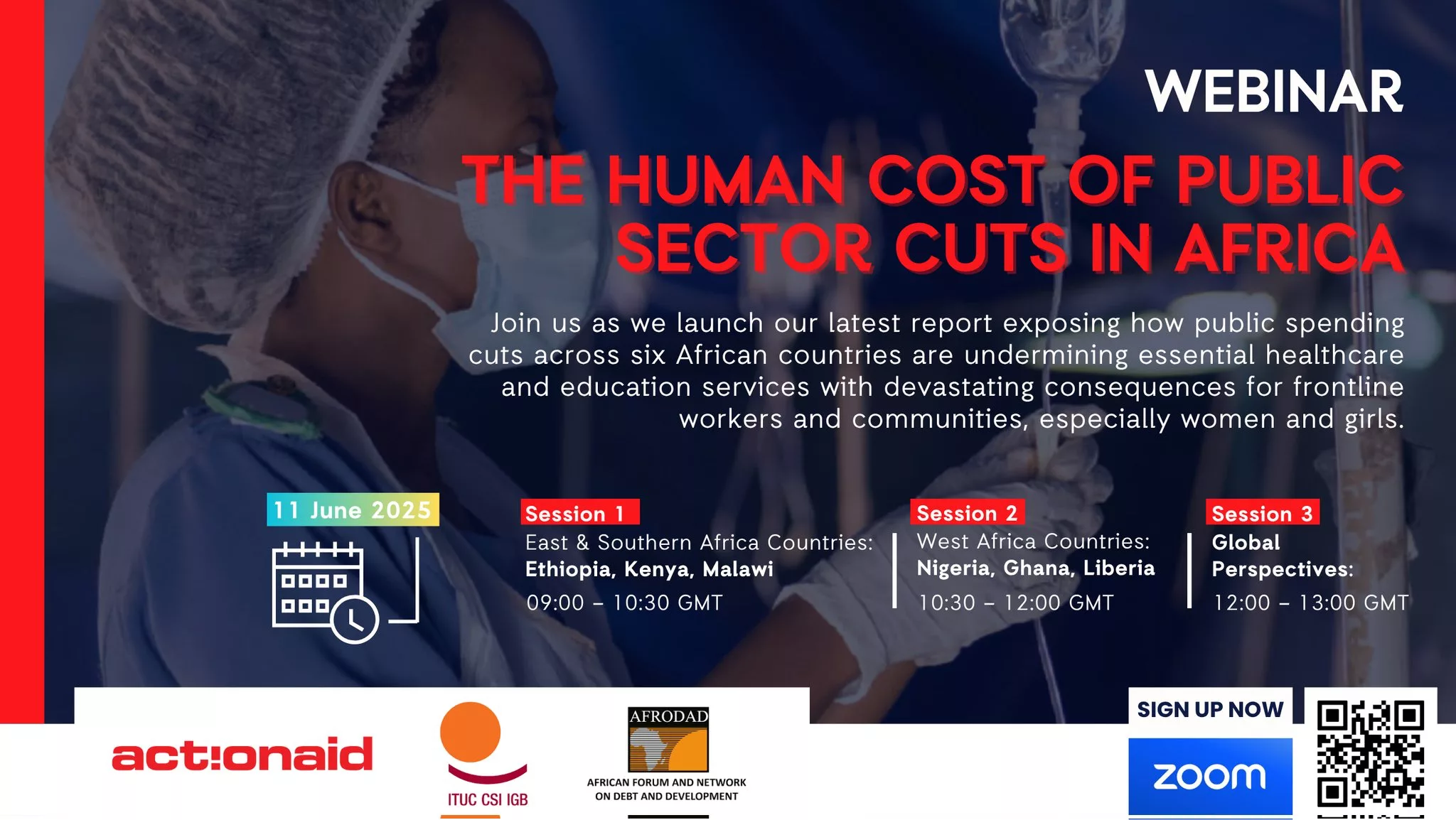By Elmond Bandauko
During my strategic planning and management course, I did an analysis of the City of Harare’s current strategic plan (2012-2025), with the objective of identifying positive traits, weak points and provide policy recommendations that can strengthen the City’s strategic planning practices. This brief synthesises my perspectives on Harare’s vision of becoming a world class city as enshrined in its current strategic plan.
What is strategic planning and why is it important?
Bryson (2004:6) defines strategic planning as a set of concepts, ideas and tools for shaping ‘what an organization is, what is does, and why it does it’. The purpose of strategic planning is to promote strategic thinking, acting and learning on an ongoing basis. Strategic planning takes a “big picture” approach that blends futuristic thinking, objective analysis, and subjective evaluation of values, goals, and priorities to chart a future direction and courses of action to ensure an organisation’s vitality, effectiveness, and ability to add public value. In simple terms, strategic planning involves making decisions on how to address an organisation’s challenges and problems, that threaten its ability to achieve its goals and objectives.
A synopsis of Harare’s current strategic plan (2012-2025)
The City of Harare adopted Vision 2025, whose focus is making Harare a world class city by 2025. The mission of this strategic plan is framed as “the creation of committed teams to provide first class service delivery and promoting a conducive environment for investment through stakeholder participation and the creation of high performance teams”. The City recognises the importance of strategic planning as outlined in its strategic plan that, ‘there is a need to integrate the analysis of possible certainties and uncertainties, changes and continuities and visions’. Building on the 2004 strategic plan, the revised 2012-2025 strategic plan is centred on structural transformation of municipal functions to ensure cost effective and efficient service delivery. The strategic plan also focuses on refurbishing Harare’s infrastructure to ensure that it competes with major cities across the globe. The intention is to transform Harare from a third world city into a world class city with a well-oiled, co-ordinated and functional infrastructure with abundant opportunities for its citizens.
Some of the strategic priorities in the City’s strategic plan include: first class service delivery, implementation of a Results Based Management System, creation of a liveable City, sustainable urban form and affordable social housing, modernisation and computerisation of council systems, corporate governance and sound financial management, creation of a conducive investment environment, promotion of stakeholder participation and infrastructure rehabilitation and development. However, it is one thing to have a strategic plan and another to successfully implement it. To what extent is the City of Harare effectively implementing its strategic plan?
Tracking Harare’s progress in implementing its strategic priorities
“Harare has been ranked the sixth least liveable city in the world out of 140 nation cities due to instability, inadequate infrastructure and a poor healthcare system- Global Liveability Index (GLI) of 2018”.
Service delivery dynamics in Harare, with focusing on water as critical service
One of the goals set out in Harare’s strategic plan is to provide first class service delivery. Harare’s intention is to have potable water available everywhere, every time in the City. Some of the strategies suggested include: rehabilitating plant and equipment with key stakeholders and identifying and constructing new clear water and waste water infrastructure with key stakeholders. However, the provision of adequate and safe drinking water remains one of the biggest service delivery challenges facing Harare. The City is losing at least 50 % of its treated water due to leakages because of burst pipes. Harare needs nothing, less than 200 million dollars to replace old water infrastructure and there is limited effort by the City to address this issue largely because the City is not able to collect enough revenue to meet this pressing need. For example, the then Mayor of Harare Councillor Bernard Manyenyeni on July 27, 2017 confirmed that council was collecting an average of $12 million monthly against a target of $24 million. This figure is far beyond what’s required to ensure efficient, reliable and effective delivery of water in the City.
Housing and infrastructure development
There are also success stories in terms of housing delivery. Through a Public Private Partnership with the Central Africa Building Society (CABS), the City has managed to construct ‘2800 low income housing units’ in Budiriro-one of the City’s low-income suburbs. However, the uptake of the units remains low due to the stringent purchase terms, which are out of reach to most low-income earners. This defeats the city’s strategic goal of developing low income, affordable housing schemes and adequate accommodation. The City is also not investing much in social housing development programmes as majority of the urban poor still struggle to get decent accommodation.
In terms of road infrastructure, majority of the road network in the City is in a bad state with most of them having potholes. Road networks in many suburbs have made it difficult to navigate due to huge potholes. This is contrary to the strategic goal of having a ‘pothole free road network in Harare’. As highlighted earlier on, Harare’s water and waste infrastructure is also ageing and there have not been any remarkable efforts to rehabilitate these infrastructure assets.
Financial management and corporate governance
How finances are managed in council remains a secret of the technocrats at the City of Harare. Nobody really knows how much is being received and expended monthly or quarterly basis. Figures from the treasury department reveal that at least 40% of the City’s total revenue is coming from water but the same 40% is being spent on salaries and allowances. This is poor prioritisation on the part of council and can be the basis for poor service delivery.
The ratio of service versus administration spending remains at 30-70 which is a worrying trend as most of the resources are spent on administration. In 2014, the salary schedule submitted to a parliamentary portfolio committee on local government shows that the average salary of the directors of the COH was around US$ 15,000 per month (allowances not included). This is more than some of the average salaries paid to municipal officials in developed countries who have bigger budgets and provide better quality services compared to the City of Harare. There is a lot of secrecy with regards to the salaries of top officials to the extent that what they earn is not easily accessible to the public or the city councillors, undermining transparency and accountability.
Stakeholder Participation
The City’s strategic plan highlights the need for stakeholder engagement in decision-making. However, there was no evidence of collaborative visioning during the strategic planning process. Collaborative visioning is a public participation technique whose purpose is to build consensus around a community’s common future. If properly done, collaborative visioning builds real commitment to strategic plan implementation. In the case of Harare, it might be difficult to achieve world city status when other stakeholders feel excluded in the planning, implementation, monitoring and evaluation of the City’s strategic plan.
What are the gaps in the City’s strategic planning processes?
There are several explanations as to why Harare will continue to experience challenges in implementing its strategic priorities, making the achievement of vision 2025 a daunting task. The successful implementation of a strategic plan is closely tied to the organisation’s ability to monitor success in achieving the goals of the plan. Research has shown that less than 15% of organisations routinely monitor actual versus planned performance as laid out in the strategic plan (ibid). Despite the City of Harare acknowledging that the success of its strategic plan is hinged on regular monitoring and evaluation, there is no evidence of real commitment towards monitoring and evaluation. Successful municipalities establish review mechanisms to allow the Senior Management Team to be updated on implementation progress. Often this step is missed in the city’s strategic process, since the expectation is that once the plan is created, it will automatically be implemented. Establishing key milestone dates, success reports, and annual strategic planning workshops are mechanisms for ensuring the provision of timely information on progress in achieving key strategic objectives and goals.
The City’s Strategic Plan highlights that the success the plan is underpinned by the creation of …an effective leadership and commitment at all levels. However, the City has not lived up to this expectation. The Management Team is reluctant to spearhead and fully operationalize some of the proposed initiatives. One example is the continued delay in full operationalisation of the BIQ system because of its potential to eliminate financial fraud and corruption. The city has also been affected by lack of strategic leadership from the administrative side. For example, there has not been a substantive Town Clerk at the City of Harare since 2015 and most of the Departments are headed by officials in an Acting capacity.
Harare’s strategic plan in overly ambitious. Some of the goals or objectives articulated by the City’s Departments are not realistic given the various contextual factors at play. For example, the Amenities Department highlights that it intends to help the City become a zero-litter urban environment, while the local authority is failing to provide such essential services such as garbage collection.
The effectiveness of the Harare’s strategic plan is also affected by lack of explicit prioritization of strategic initiatives. If the strategic plan contains a long list of initiatives that need to be done but no clear priority has been set for them, operational decision makers inevitably initiate work on all the initiatives without understanding what is most important to senior management. The result is that often only partial work will be done on all the initiatives, without completing any.
What needs to be done?
For the City of Harare to effectively implement its strategic plan, there is need to adopt benchmark governance. City administration need to put in place a corporate management plan that will see them using around 30 percent of the budget for salaries. There is a need for the city to contain the employment costs so that the larger portion (at least 70%) of the budget can be directed towards improving service delivery. It is not sustainable to continue paying inflated (mega) salaries at the expense of better service delivery to the residents who are the taxpayers.
One key step in ensuring progress and relevance of the strategic plan is to develop a regular and systematic reporting mechanism. This can be on a quarterly or semi-annual basis through a report to senior management and council outlining the status of strategic initiatives. The City also needs to strengthen its Results Management Systems to foster greater rationality, coherence and cost effectiveness in implementing its strategic plan. This will help staff to assess the performance of the strategies, reconciling inconsistencies and misalignments and formulating new strategies.
Senior management at the City of Harare needs to establish performance measures to quantify success in achieving their strategic vision and goals. This can be fulfilled through the development of a performance measurement dashboard, which provides a few high-level indicators that can be referenced in evaluating strategic success. For example, the City must be able to define what a ‘world class city’ looks like and what it would look like when that vision is achieved. Though the city tries to identify parameters of a world class city in its roadmap, the characterisation is not very clear.
The City must be able to link its strategic plan and budgeting processes. When municipalities can link their strategic planning and budgeting processes, they will have made a significant step toward operationalising their strategic plan. The paradigm shift will be complete when the strategic plan becomes part of the corporate culture of the organisation and internalised as part of the decision-making process.
With regards to prioritisation of strategic initiatives, priorities should be established as high, medium, or low using the following criteria: level of impact on the organisation or community; interdependencies (timing with other strategic initiatives); organisational risk exposure (legal, political, or financial) and corporate-wide implications. The prioritisation of strategic initiatives will help the City of Harare in making decisions on funding allocations. The funding can occur over a period of time and should be aligned with the priority of the initiative, for example, high-priority initiatives should be funded before medium-priority initiatives.
To prevent the Strategic plan from failing and to ensure its effective implementation, the strategic plan should be part of a strategic management system. The following elements form a holistic strategic planning framework: strategic planning to set organizational goals and unit-level and program objectives; design of organizational structures and processes to facilitate the attainment of goals and objectives; organizational communication and decision-making processes that facilitate joint problem solving and action; the budget process and arrangements for accountability and mechanisms to facilitate ongoing communication among administrative staff, elected officials, and citizens.
About the Author
Elmond Bandauko holds a Master of Public Administration (MPA) with specialisation in Local government from the University of Western Ontario (Canada) where he studied as an African Leaders of Tomorrow Scholar. He did his BSc. (Hons) in Rural and Urban Planning from the University of Zimbabwe. His interests include participatory policy making, policy innovation and policy diffusion, public management, program and policy evaluation, collaborative governance and the politics of urban development in cities of the global south. You can follow most of his work at httpss://www.researchgate.net/profile/Elmond_Bandauko






